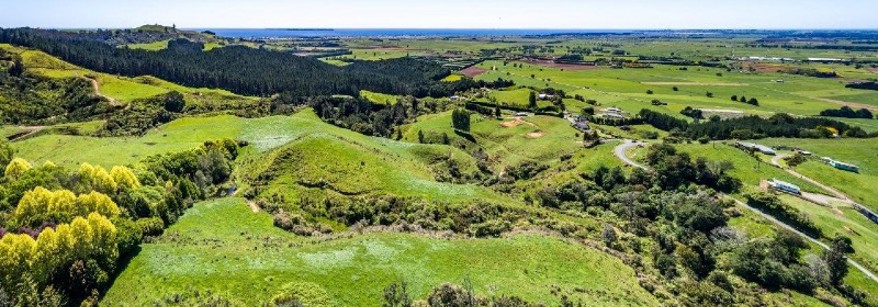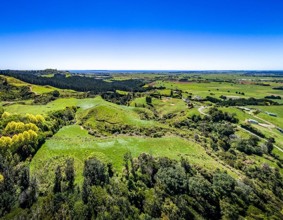- 2018/2019 Recreational Waters Surveillance Report
- 2017/2018 Recreational Waters Surveillance Report
- 2016/2017 Recreational Waters Surveillance Report
- 2015/2016 Recreational Waters Surveillance Report
- 2014/2015 Recreational Waters Surveillance Report
- 2013/2014 Recreational Waters Surveillance Report
- 2011/2012 Recreational Waters Surveillance Report
- 2010/2011 Recreational Waters Surveillance Report
- 2008 Recreational Waters Surveillance Report
Together with landowners, Regional Council has already delivered action on the ground through more than 2000 property-level environmental plans to reduce land run-off and protect local rivers and streams in the Bay of Plenty.
We continue to offer funding assistance and practical support for landowners throughout the region, but from 2019, Regional Council’s Land Management staff began taking a new approach to making sure that the region’s most vulnerable river and estuary systems get the attention they need, as quickly as possible.
Staff are now putting extra effort into improving swimmability and preparing landowners for regulatory change in focus catchments that are the region's most at risk of degradation.
| Focus catchment name | Water quality improvement focus |
| Rotorua Lakes Catchment Area | Various, including specific TLI targets for each lake and other targets where required. |
| Uretara, Katikati | Reduce E. coli bacteria load for swimmability. |
| Te Mania, Katikati | Reduce sediment and E. coli. |
| Kopurererua, Tauranga | Reduce sediment and E. coli. |
| Waitao, Tauranga | Reduce E. coli and sediment for swimmability. |
| Kopuaroa, Te Puke | Reduce nitrogen (N), phosphorous (P), sediment and E. coli. |
| Waitepuia/Ford Rd , Maketū | Reduce N, P, sediment and E. coli. |
| Waihī Estuary, Pongakawa | Reduce N, P, sediment and E. coli. |
| Upper Rangitāiki, Taupō | Halt increasing nitrate trend. |
| Ōhiwa Harbour, Ōhope / Ōhiwa | Reduce sediment (and nutrients in Nukuhou). |
| Waiōtahe, Waiōtahe | Reduce E. coli for shellfish gathering. |
Water quality and other science information has been used to identify the focus catchments. Our aim is to work with tangata whenua, landowners and community groups to achieve improvement across as many properties in each focus catchment as possible, to really concentrate the benefits that can be achieved, in the places they’re needed most.
Work is already well underway in some catchments such as Rotorua Lakes, Waitao, Ohiwa Harbour and Waoitahe. We’re connecting with local people in other focus catchments throughout 2019/20, to discuss options for making meaningful change and start developing detailed action plans.
To find out more, contact your local Land Management Officer by calling 0800 884 880 or email info@boprc.govt.nz. See who the Land Management Officer for your local catchment is here.
More information
Recreational Waters Surveillance Reports











